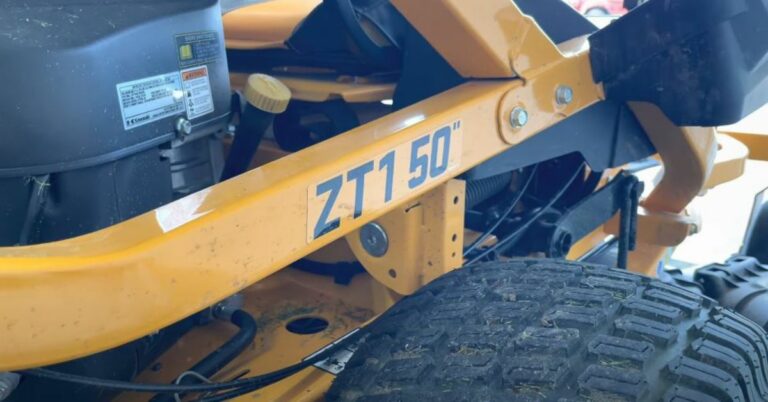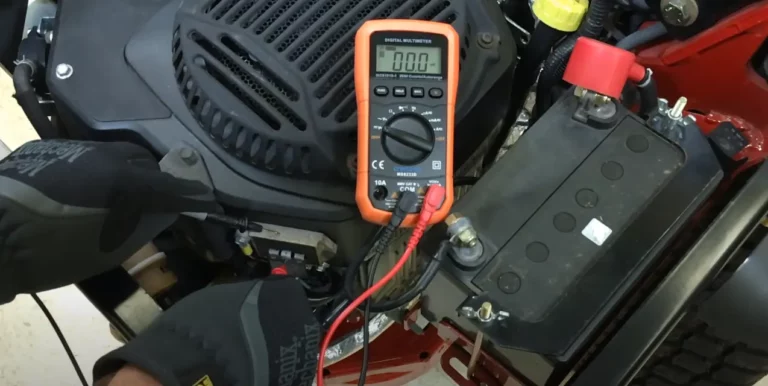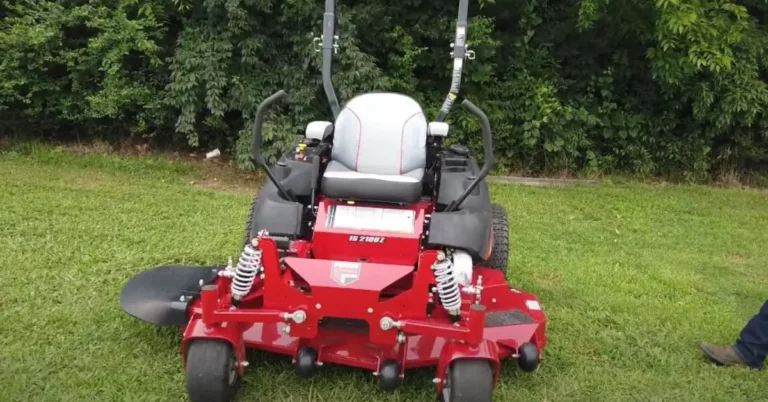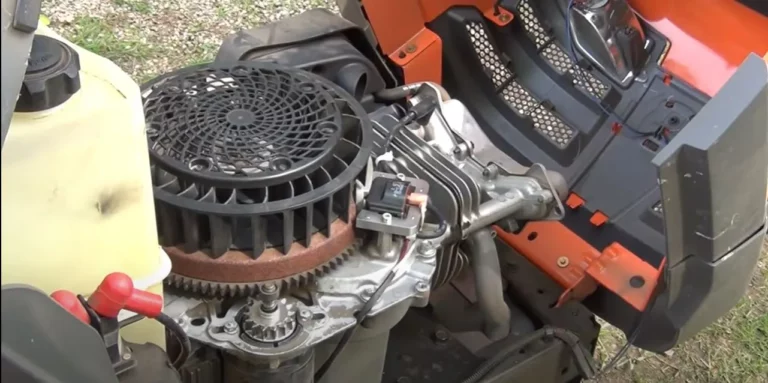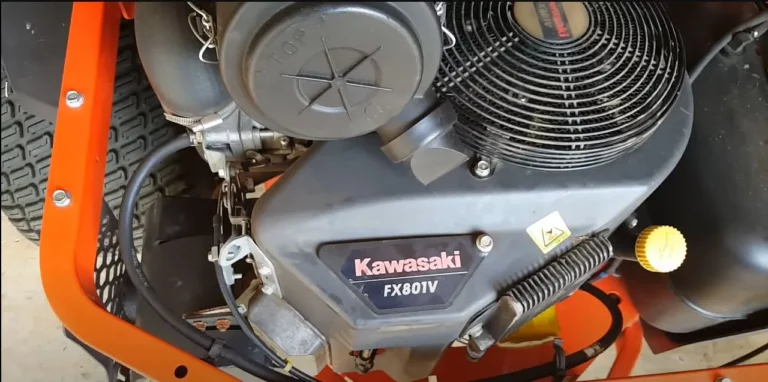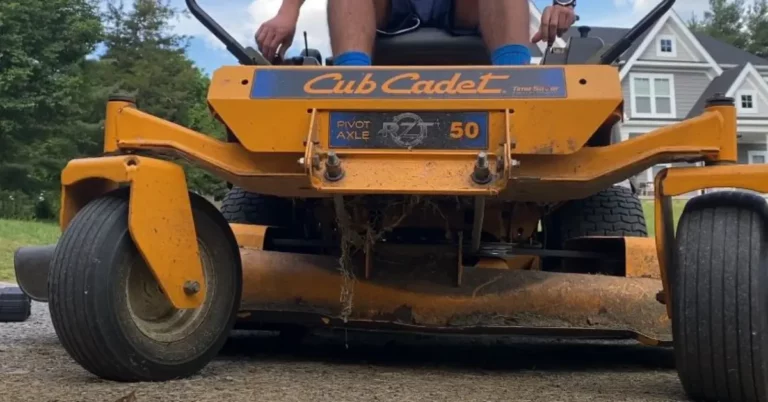Cub Cadet Fuel Pump Problems (Troubleshooting and Solutions)
Do you have Cub Cadet Fuel Pump Problems? You are experiencing trouble with your lawn mower for many reasons, which can ruin your overall experience.
There are various fuel pump problems that Cub Cadet owners may come across. Most reported problems include starting issues, fuel leaks, insufficient fuel delivery, poor engine performance, and fuel pump failures.
In this article, I’ll be walking you through these problems and suggesting solutions that you can use to spot and fix them.
Let’s get started.
4 Cub Cadet Fuel Pump Problems
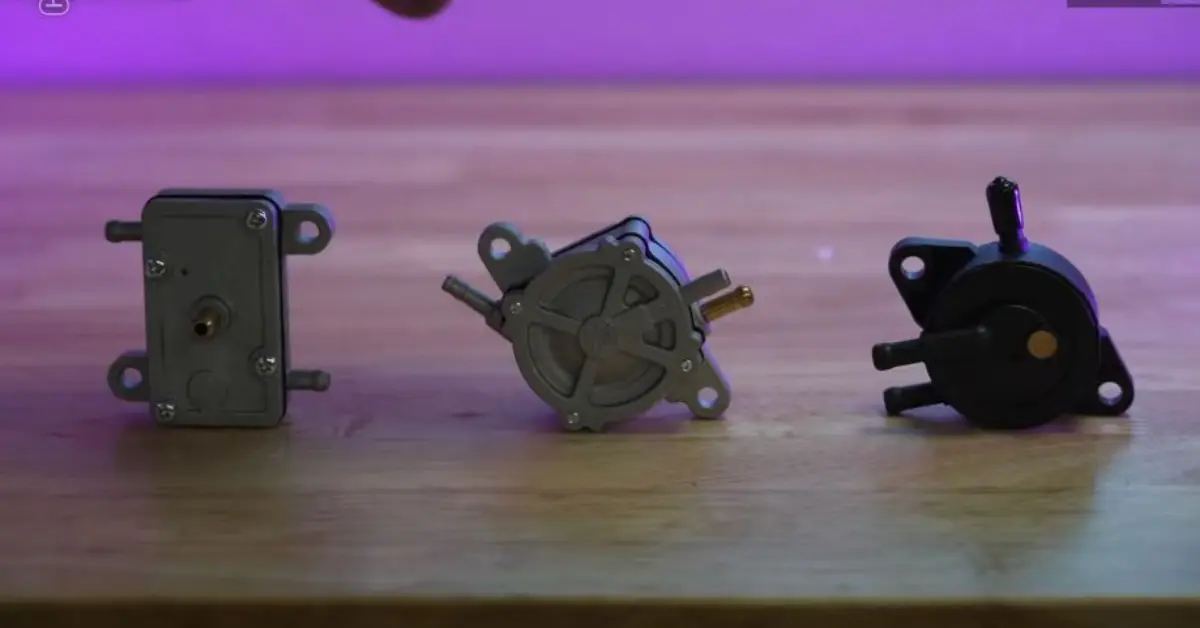
1. Fuel Pump Not Engaging
Encountering issues with the fuel pump not providing the proper flow of fuel to the engine can hinder the proper functioning of your mower.
Let’s go over the symptoms, causes, and solutions for a fuel pump not giving proper fuel flow.
Symptoms
When the fuel pump fails to prime, you may experience difficulties starting your mower or notice some engine stalling shortly after ignition.
These signs show that the engine is not receiving fuel as it should.
Causes
- a fuel filter that is clogged and prevents fuel flow.
- A faulty fuel pump relay or damaged wiring can prevent the pump from engaging properly.
Solutions
To address the issue of a fuel pump not priming, you can take the following steps:
i. Check the fuel filter
Look for any obstructions or debris in the fuel filter. Clean or replace the filter to ensure a steady fuel flow if necessary.
ii. Examine the fuel pump relay
Check the condition of the fuel pump relay and ensure it is functioning correctly. If it’s faulty, consider replacing it with a new one.
iii. Inspect the fuel pump wiring
Carefully examine the wiring connected to the fuel pump for any damage or loose connections. If necessary, fix or replace the wiring.
iv. Check the fuel lines
Inspect the fuel lines for blockages or restrictions that impede fuel flow. Clear any obstructions to restore proper priming.
Also Read: Cub Cadet Pro Z100 Problems
2. Weak Fuel Pump Pressure
A weak fuel pump pressure can lead to an insufficient fuel supply to the engine, which can cause various performance problems.
Here are some potential causes of this issue and some solutions that you can try:
Causes
- A clogged fuel filter can reduce pump pressure by restricting fuel flow.
- Over time, the fuel pump can wear out, leading to decreased pressure.
- Low fuel pressure may be the result of a broken fuel pressure regulator.
Solutions
i. Check the fuel filter
If the fuel filter is dirty or clogged, replace it to restore proper fuel flow.
ii. Examine the fuel lines
Inspect the fuel lines for any cracks or leaks. Damaged fuel lines can cause fuel pressure loss. You should replace these damaged fuel lines to ensure proper fuel flow.
iii. Test the fuel pump
Use a fuel pressure gauge if you have one to gauge the fuel pump pressure. Compare the readings with the manufacturer’s specifications in the manual or website.
If you find the pressure below the recommended range, it may indicate a faulty fuel pump that needs replacing.
iv. Clean or replace the fuel pump
Over time, the fuel pump may gather debris, which results in decreased pressure. Clean the fuel pump and its parts to get rid of this dirt or debris.
If cleaning doesn’t improve the fuel pump’s performance, you should consider replacing it.
3. Fuel Pump Noisy or Vibrating
When the fuel pump in your Cub Cadet mower becomes noisy or vibrates excessively, it can indicate problems that need immediate attention.
If left unaddressed, a noisy or vibrating fuel pump can lead to reduced performance, fuel flow issues, and potential engine damage.
Solution
i. Check for loose mounting
Inspect the fuel pump structure to ensure it is properly fastened. Loose mounting can cause vibrations and noise. Tighten any loose fixings to stabilize the fuel pump.
ii. Inspect the fuel pump for damage
Verify the fuel pump housing and its parts for any damage indications, such as breaks or cracks.
Damaged parts can contribute to abnormal noise or vibration. If any damage is found, replace the fuel pump or the damaged components.
iii. Check fuel pump compatibility
Ensure the fuel pump is the correct model and compatible with your Cub Cadet equipment.
An incompatible fuel pump can lead to improper operation and increased noise or vibration.
iv. Insulate vibrations
Install rubber isolators between the fuel pump and its mounting location. These can help reduce the transfer of vibrations to the surrounding components, minimizing noise and the risk of damage.
Also Read: Cub Cadet ZT1 50 Problems
4. Fuel Pump Leaks
Fuel pump leaks in your Cub Cadet equipment can lead to fuel waste, poor engine performance, and potential safety hazards.
Here are some solutions you can utilize.
Solution
i. Inspect fuel lines and connections
Carefully examine the fuel lines and connections around the fuel pump for any signs of leakage.
Look for wet spots, fuel odor, or visible fuel dripping. Tighten loose connections or replace damaged fuel lines as necessary.
ii. Check the fuel pump gasket
Inspect the gasket or seal that connects the engine block and the fuel pump. A worn-out or damaged gasket can cause fuel leaks.
Replace the gasket or seal with a new one to ensure a proper seal and prevent fuel leakage.
iii. Use fuel-resistant sealers.
Consider applying a fuel-resistant sealant to the fuel pump connections or fittings to help prevent leaks.
See that the sealant is compatible with your engine and follow the manufacturer’s instructions for application.
Also Read: Cub Cadet Ignition Switch Problems
Maintaining a Healthy Fuel System
To prevent fuel pump problems and ensure the smooth operation of your Cub Cadet equipment, it’s essential to maintain a healthy fuel system.
To maintain your fuel system in top shape, follow these maintenance tips:
1. Use clean and quality fuel
Always use clean, fresh, and high-quality fuel for your equipment. Contaminated or old fuel can clog the fuel system and cause issues with the fuel pump.
2. Replace fuel filters regularly
Fuel filters trap impurities and prevent them from reaching the fuel pump and other components. Clogged fuel filters can restrict fuel flow and strain the fuel pump.
Replace the fuel filters as the manufacturer recommends or as part of your routine maintenance schedule.
3. Keep the fuel tank clean
Periodically inspect and clean the fuel tank to remove any debris that may have built up. A clean fuel tank ensures that contaminants don’t reach the fuel pump and cause blockages or damage.
4. Check fuel lines and connections
Regularly inspect the fuel lines and connections for signs of wear, cracks, or leaks. Replace any damaged or deteriorated fuel lines, and ensure all connections are secure.
Also Read: Most Common Cub Cadet Tank M60 Problems
Frequently Asked Questions (FAQs)
How can I prevent fuel pump leaks?
Ensure the proper installation and sealing of fuel pump components. Regularly inspect the fuel pump for any signs of leakage, such as fuel stains or odors.
Avoid overtightening the connections for the fuel pump because doing this could harm the pump and lead to leaks.
What type of fuel should I use for my Cub Cadet equipment?
Use clean, fresh, high-quality fuel with a minimum octane rating of 87. Avoid using old or ethanol-blended fuel sitting for a long time, as it can lead to fuel system issues.
To find out what kind of fuel your equipment needs explicitly, consult the manufacturer’s recommendations.
How can I detect a fuel pump problem in my Cub Cadet lawn mower?
Signs of a fuel pump problem include decreased fuel flow, difficulty starting the equipment, engine sputtering or stalling, or unusual noise from the fuel pump.
It is advised to have the fuel system checked by a trained technician if you experience any of these problems.
Conclusion
By understanding common issues with your Cub Cadet mower, implementing preventive maintenance, and promptly addressing any fuel system concerns, you can ensure a healthy fuel system and enjoy the seamless operation of your mower.
Please pay close attention to any changes in the fuel pump’s operation, such as decreased fuel flow or odd noises.
If you notice any issues, get the fuel pump inspected by a qualified technician to diagnose and resolve the problem promptly.

